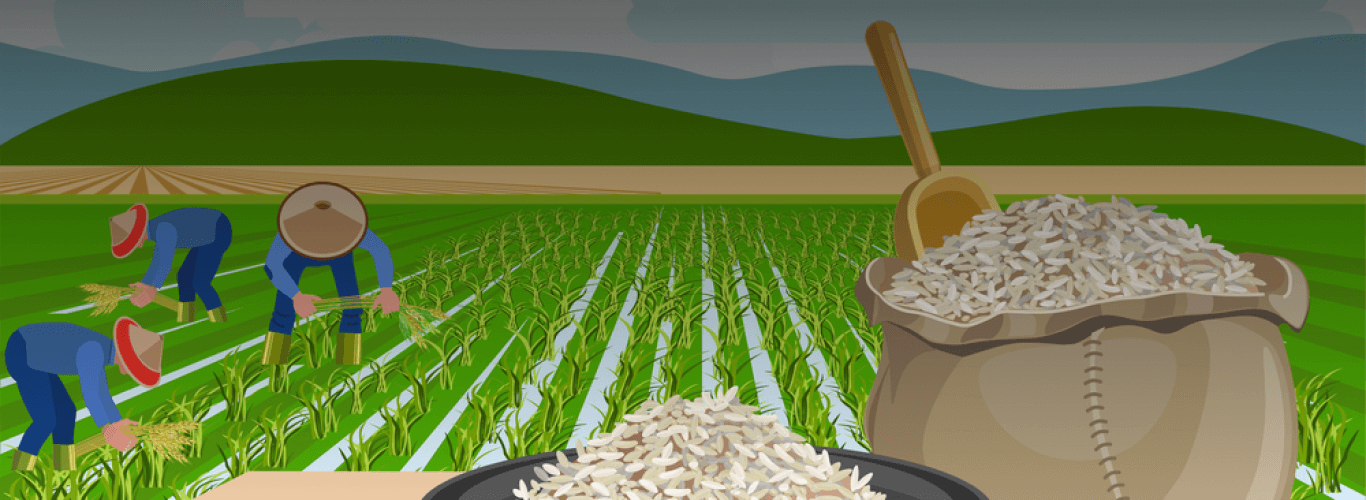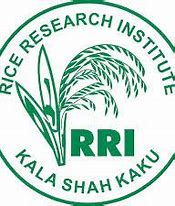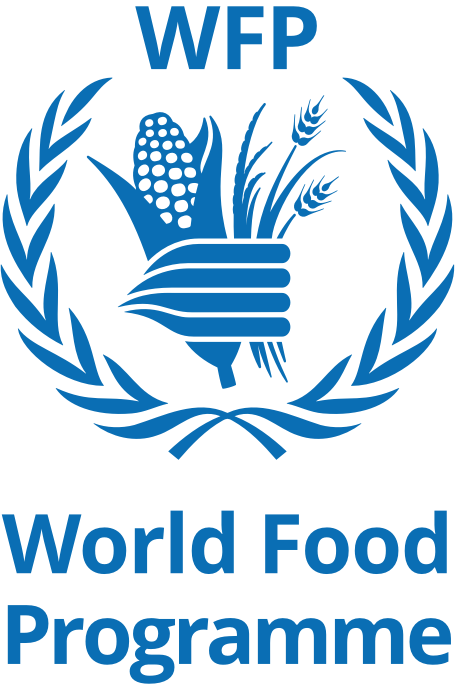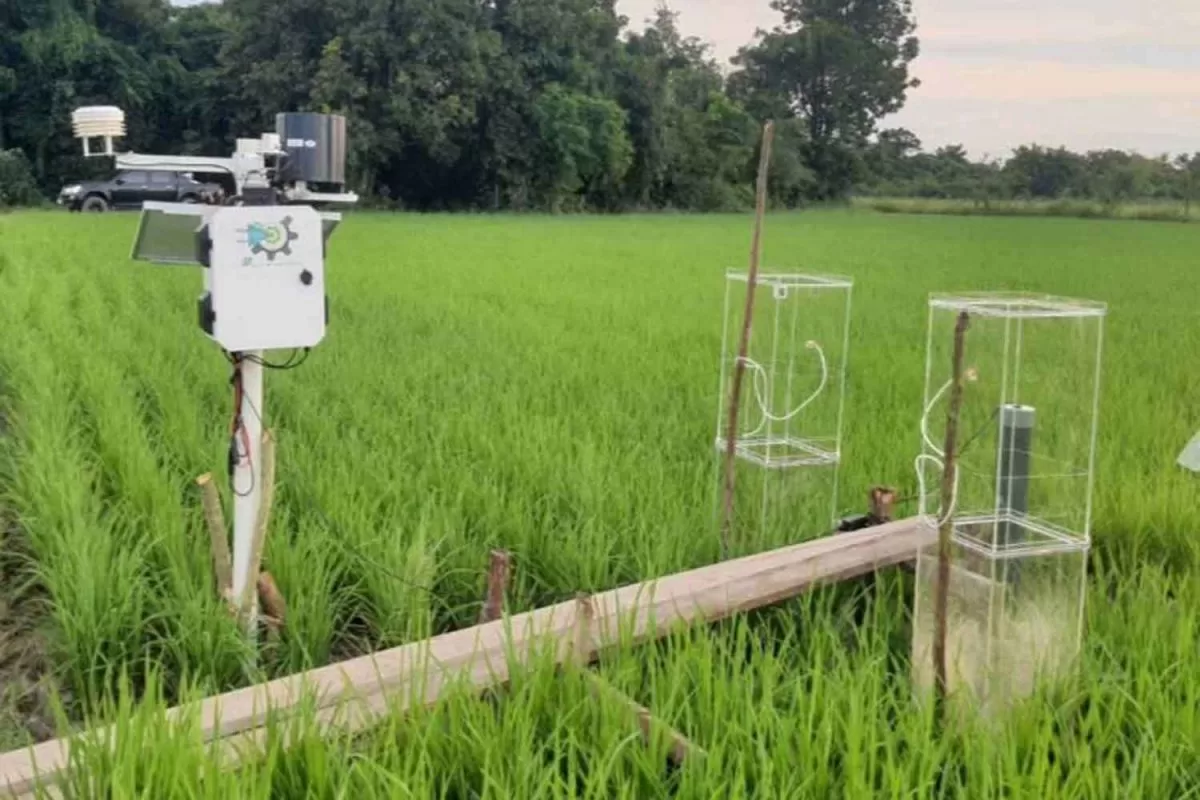Weekly Rice Market
(Indicative Quotes)
Basmati Rice
Basmati Rice | Indicative Quotes | Updated Weekly
Global Market | White Rice
White Rice | Indicative Quotes | Updated Weekly
| Origin | Type of Rice | Variety Name | Broken | Price | Change | High | Low |
|---|---|---|---|---|---|---|---|
| India | Milled White Rice | Long Grain | 5% | $354 | 0 | $380 | $354 |
| India | Milled White Rice | Long Grain | 5% | $381 | 0 | $496 | $379 |
| Pakistan | Milled White Rice | Long Grain | 5% | $336 | 0 | $360 | $334 |
| Pakistan | Milled White Rice | Long Grain | 5% | $380 | 0 | $640 | $380 |
| Pakistan | Milled White Rice | Long Grain | 5% | $590 | 0 | $613 | $488 |
| Thailand | Milled White Rice | Long Grain | 5% | $354 | 0 | $379 | $351 |
| Thailand | Milled White Rice | Long Grain | 5% | $387 | 0 | $669 | $387 |
| Thailand | Milled White Rice | Long Grain | 5% | $596 | 0 | $659 | $469 |
| U.S | Milled White Rice | Long Grain | 4% | $584 | 0 | $622 | $584 |
| U.S | Milled White Rice | Long Grain | 4% | $654 | 0 | $818 | $654 |
| U.S | Milled White Rice | Long Grain | 4% | $798 | 0 | $798 | $708 |
| Vietnam | Milled White Rice | Long Grain | 5% | $368 | 0 | $403 | $368 |
| Vietnam | Milled White Rice | Long Grain | 5% | $386 | 0 | $657 | $382 |
| Vietnam | Milled White Rice | Long Grain | 5% | $579 | 0 | $667 | $445 |
News
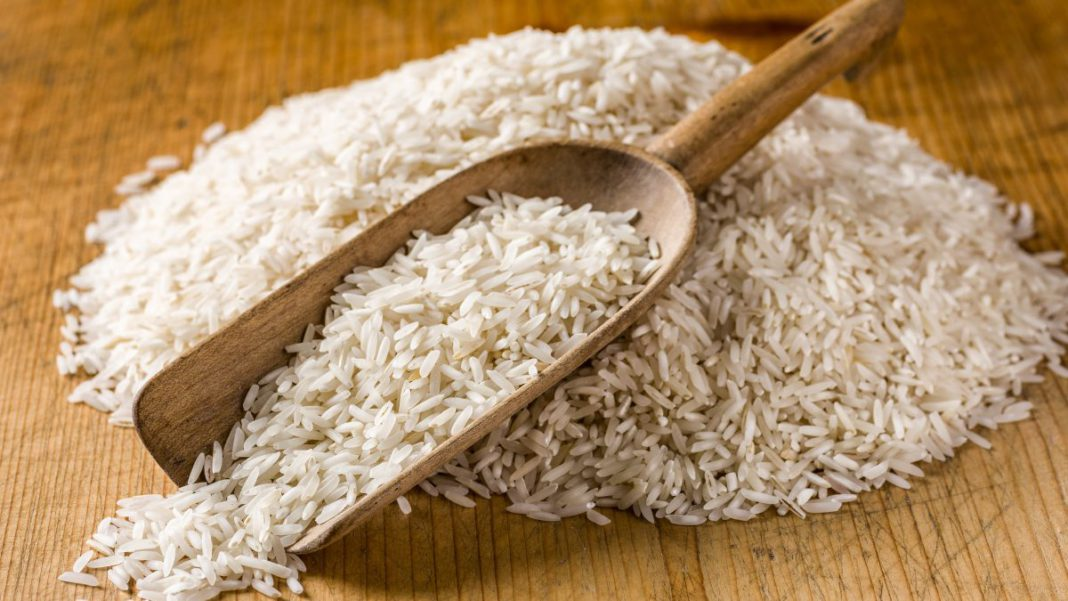
India’s bid for ex...
Bureau Report India’s efforts to secure exclusive international protection for its high-quality basmati rice have suffered a significant setback, with the New Zealand High Court

Import of rice alo...
FE Bangladesh’s drive to build a substantial stock of rice to meet any contingency appears, on the face of it, to be quite logical. When the market is jittery despite a

Govt to import 300...
Staff Correspondent According to the latest data from the Ministry of Food, as of November 17, the government holds over 1.31 million tons of food grains. This includes nearly

Thailand cuts rice...
Source: World Grain Thailand’s rice exports declined sharply in the 2024/25 marketing year as global competition — particularly among white rice producers — intensified.

New rice scheme ey...
Prices remain highly volatile NEWSPAPER SECTION: Business, WRITER: Wichit Chantanusornsiri The government has unveiled a “New Rice Economy” initiative aimed at

13,528 tonnes of r...
United News of Bangladesh . Benapole A total of 13,528 tonnes of coarse rice have been imported from India through the Benapole land port in four months. The shipments arrived in
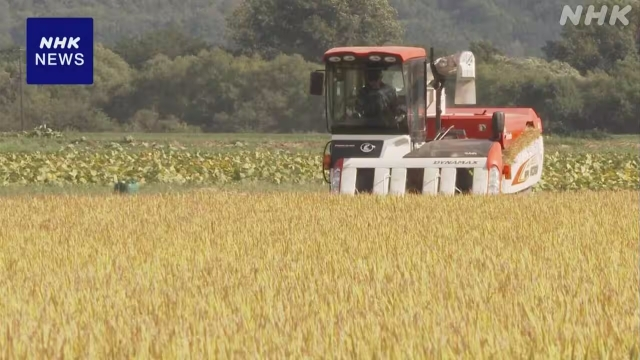
Ministry estimates...
Japan’s agriculture ministry says this year’s rice harvest will likely increase by about 660,000 tons from last year. The figure is up almost 30,000 tons from the

North Korean logis...
Officers are pilfering rice and replacing it with corn to maintain total weight, with one family preparing several tons of corn each autumn specifically for this scheme. By Seon

Bangladeshis share...
SHEHAB SUMON DHAKA: As Bangladeshis celebrate the main rice-harvesting season in mid-November, they will share part of their crop with Rohingya refugees, authorities said on
Featured Registered Companies
RNT Tube
Rice Farmers in Crisis Huge Losses as Costs Soar & Prices Crash Buyers Exploit Market
October 6, 2025
Statistics
Sustainable Rice
Farmers Place
Upcoming Events
Forex Rates
Open Market Forex Rates
Updated at:
From | ||
|---|---|---|
To | ||
| Countries | Currency | Spot Rate |
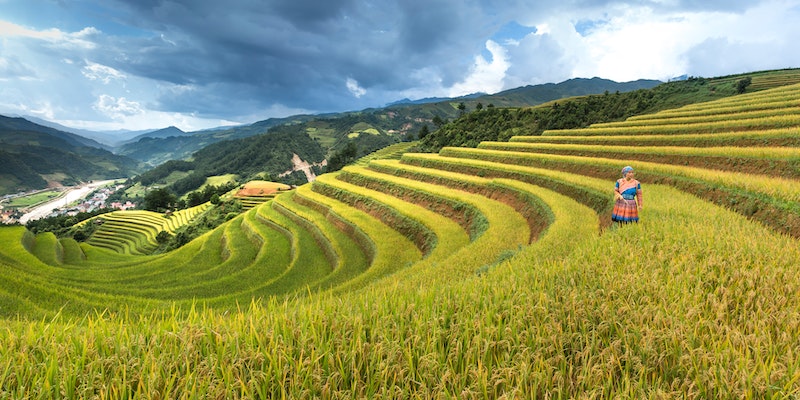
Enjoyed the read?
Join our monthly newsletter for helpful tips on how to run your business smoothly




